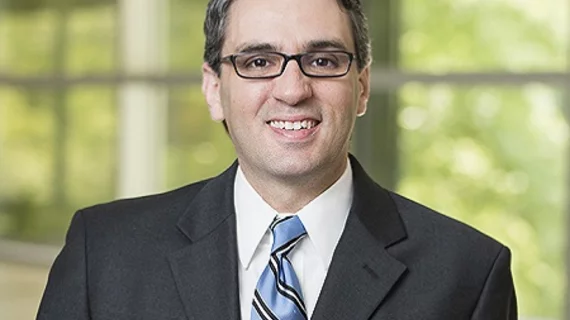HFMA 2017 preview: What the ‘internet of things’ can do for healthcare finance
The “internet of things,” or IoT, is in its infancy everywhere in healthcare, according to Warren Averett security services director Paul Perry. For those on the finance side of hospitals and health systems, he says this connected technology offers great opportunity to those who realize its potential.
Previewing his July 26 presentation at the Healthcare Financial Management Association (HFMA) conference in Orlando, Perry said a wide range of processes fall under the definition of IoT, from scanning patients when they go into surgery to an internet-connected medication bottle. Healthcare as a whole, however, is behind early adopters of the technology like Google and Apple. He estimated only about 10 percent of all companies are using IoT “to its fullest extent.”
For healthcare finance leaders, his message will be about how greater connectivity between devices can improve measurement of key performance indicators.
“Implementing the internet of things will increase the amount of performance indicators that they can track,” Perry said to HealthExec, “and that they can use to analyze how well a division of the hospital is doing or how well a specific floor is doing as it relates to cost management and quality.”
All the connected devices can point hospital leaders to solutions for problems they didn’t realize were related. In one case study Perry will present, a hospital was seeing a spike in nurses’ sick time, which corresponded to a drop in patient satisfaction scores from having to use fill-in nurses. The root cause of nurses getting sick, however, was discovered because of internet-connected hand sanitizer dispensers, which the hospital found weren’t being used frequently enough by nurses, resulting in poor hygiene among the nursing staff.
Having a sensor in something as common as those dispensers, Perry said, is the “quintessential” application of IoT in healthcare.
“Because everything’s connected and everything’s tracking everything we’re doing, we should be able to use that data, analyze it and figure out why certain scenarios are occurring,” he said.
The biggest misconception hospitals have about IoT, Perry said, is the technology isn’t going to be useful. His presentation will attempt to chip away at their reluctance by showing how interconnectivity can impact patient satisfaction or just provide better inventory management.
“It’s going to help and, if they’re not on board in five years, they’re going to be 10 years behind,” he said.

